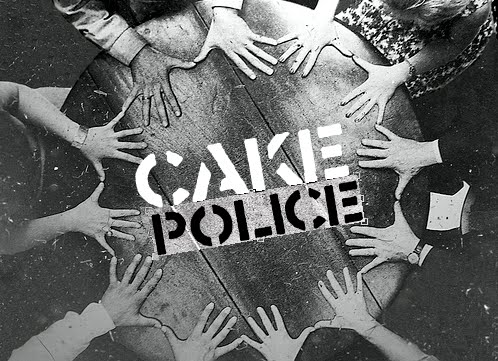 Many jurisdictions recognize several forms of stigmatized property, and have passed resolutions or statutes to deal with them. One issue that separates them is disclosure. However, depending on the jurisdiction of the house, the seller may not be required to disclose the full facts. Some specific types must always be disclosed, others are up to the jurisdiction, and still others up to the realtor.[4]
Many jurisdictions recognize several forms of stigmatized property, and have passed resolutions or statutes to deal with them. One issue that separates them is disclosure. However, depending on the jurisdiction of the house, the seller may not be required to disclose the full facts. Some specific types must always be disclosed, others are up to the jurisdiction, and still others up to the realtor.[4] The types include:
- public stigma : when the stigma is known to a wide selection of the population and any reasonable person can be expected to know of it. The example given above of the house used in the Amityville Horror is a good example, but another example would be the home of the Menendez brothers. Public stigma must always be disclosed, in almost all American and European countries.
- criminal stigma: the fact that the property was used in the ongoing commission of a crime. For example, houses that were chop shops, drug dens, brothels, or other heavily criminalized properties are stigmatized due to their association with criminals. In the case of drug dens, some drug addicts may inadvertently come to the address expecting to purchase illegal drugs. Most jurisdictions require full disclosure of this sort of element.
- Murder/Suicide stigma: Most jurisdictions require realtors to reveal if murder or suicide occurred in the house.
- Debt stigma: When debtors move out of a house, they leave a legacy of subjecting subsequent occupiers to harassment by collectors.
- Phenomena stigma: Houses that are renowned for being "haunted", have ghost sightings, etc are required to be revealed by many (but not all) jurisdictions. This is in a separate category from public stigma in situations where the knowledge that the house is "haunted" is restricted to a local market.
The idea of "minimal stigma" -- where only a small, select group hold that a house is stigmatized and the likelihood of such a stigma affecting a seller's ability to sell the property, is almost universally rejected. Realtors may disclose this information as they see fit.

No comments:
Post a Comment